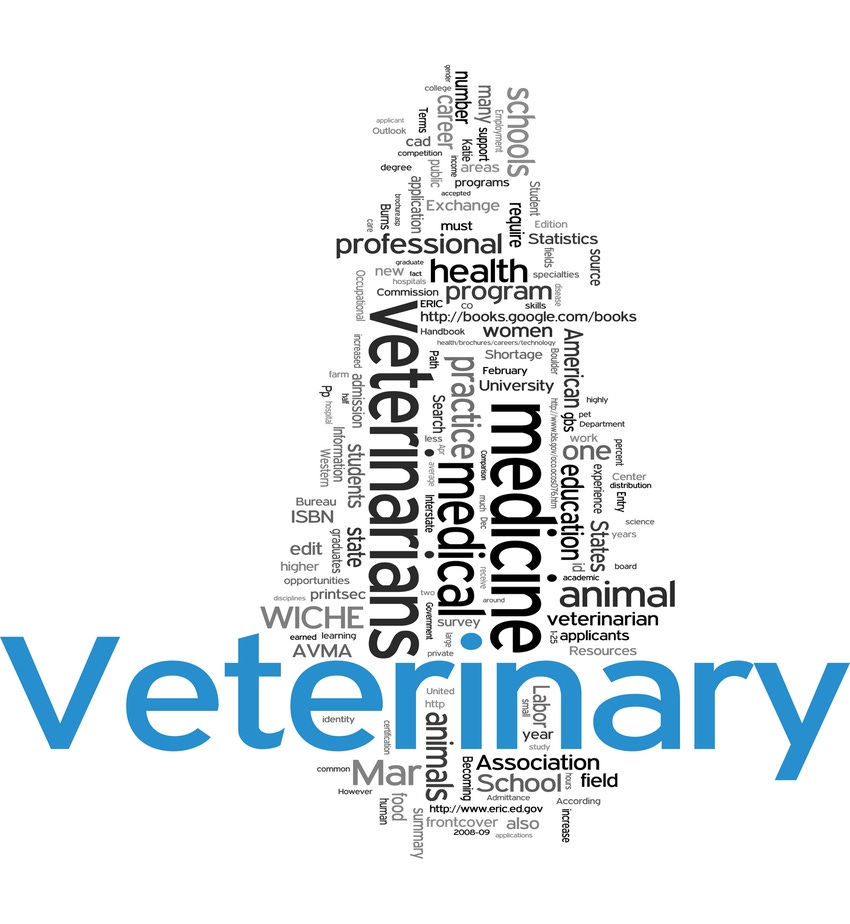Besides changes in client traffic and cash flow, practices reported pandemic-related supply shortages.
November 17, 2020

A new report from the American Veterinary Medical Assn. (AVMA) shows strong economic growth in the veterinary profession in 2019 while documenting the severe impact of the COVID-19 pandemic on veterinarians in early 2020 and how they responded to ensure the safe delivery of their essential services in the face of an unprecedented pandemic.
According to AVMA, the “2020 Economic State of the Veterinary Profession” report consists of data and analysis generated from surveys conducted in 2019 and early 2020 to assess the state of the profession for graduates, practices, owners, associates and others in the profession. The report details the market for veterinary education, the market for veterinarians, the market for veterinary services and the impact of — and response to — COVID-19.
According to the report, starting salaries for new veterinarians and average salary for all veterinarians increased in 2019 from the previous year’s levels. The average compensation of all graduates in 2019 was $70,045, up from $65,983 in 2018. While companion animal medicine continues to be the predominant focus for veterinarians, the profession saw low unemployment and high rates of job offers for new graduates across species focus and industries, AVMA said.
The market for new entrants into the veterinary profession is robust, with more than 94% of new veterinarians in 2019 reporting that they found full-time employment or opportunities to continue their education up to two weeks prior to graduation. Student debt continues to be a concern, but the average debt levels of new veterinary school graduates fell by $2,481, as a record-high 18.2% of graduates reported no debt upon graduation, AVMA noted.
Women and Millennials continue to dominate the demographic shifts observed in the profession. As Baby Boomers approach and pass retirement milestones, Millennials have begun to overtake the workforce, approaching 35% of the profession. Women continue to enter veterinary medicine in large numbers and now comprise 70% of all veterinarians.
With these demographic shifts come changes to workplace culture and needs, and AVMA’s analysis found many opportunities to continue strengthening the profession. Well-being and mental health remain a top priority to help ensure that veterinarians thrive in a rewarding profession. As demographics change, work preferences require new tactics for attracting and retaining talent.
COVID-19 impact on profession
Looking back on 2020, the report highlights the sudden, far-reaching and varied impact COVID-19 has had on the veterinary profession and the challenges and opportunities that 2020 has brought to the profession. The impacts, response and strategies observed in the report show resiliency in a profession that experienced fast and unexpected negative fallout from the pandemic, AVMA said.
Practices reported an average cash shortfall of $17,000 in April, when the survey was conducted, and anticipated a $23,000 shortfall for May. More than half of all responding veterinary practices had seen client visits drop by 50% or more at the time of the survey. To address cash shortfalls, more than 60% of respondents indicated that they had applied or intended to apply for federal Small Business Administration loan programs.
In addition to changes in client traffic and cash flow, practices reported supply shortages related to the pandemic. More than 80% of practices experienced shortages of personal protective equipment and sanitation equipment, with more than 50% of respondents reporting they were unable to reorder these supplies.
On the operational side, the most common approach veterinarians took to prevent the spread of COVID-19 infections was to provide “curbside care,” i.e., asking clients to wait in their vehicles during the animal's exam and treatment. Other operational changes included contactless payment processing, taking patient history by phone or virtually and implementing drive-thru pickup and drop-off of animals.
More than 30% of veterinary practices reported using telemedicine, and close to 20% of practices were only seeing emergency-related cases at the time of the survey.
AVMA’s “2020 Economic State of the Veterinary Profession” report can be downloaded for free by AVMA members and is available for purchase at the AVMA online store here.
You May Also Like

.png?width=300&auto=webp&quality=80&disable=upscale)

